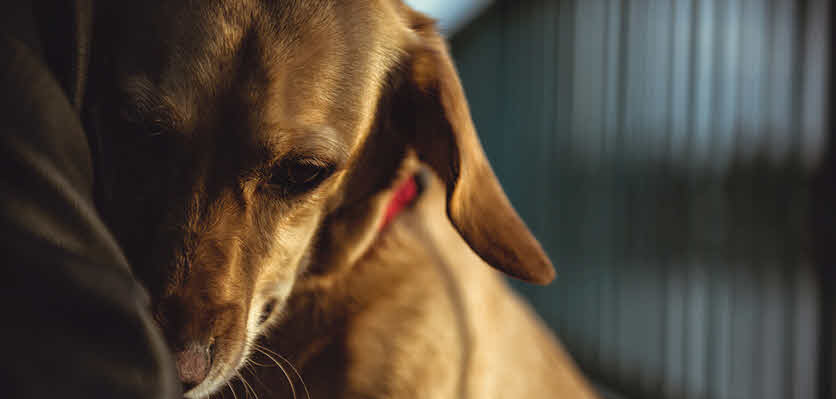
Cancer is a serious illness in both humans and animals. Although it affects many individuals during their lives, cancer behaves differently depending on the cell type and organ system involved. In this article, we discuss the common types of cancer in pets, as well as symptoms to look out for, treatment options and prognosis.
What is cancer?
Cancer is a common term used to describe tissue growths caused by uncontrolled cell divisions. It is generally used to describe malignant growths, that is growths that are not only growing but spreading throughout the body. In veterinary medicine, neoplasia is generally used instead of ‘cancer’, with neoplasia also used to describe both malignant growths (cancer) and benign growths.
Benign neoplasia is a tissue growth that is growing uncontrollably but isn’t spreading throughout the body. Malignant neoplasia or ‘cancer’ is a very serious condition that, left untreated, is often fatal.
Not all cancers are the same. As well as benign and malignant growths, the type of cell making up the tissue growth (or tumour) will directly impact the outcome of the cancer. Cancer can start in any tissue type. Nerve cells, muscle cells, lymph cells and even bone cells can all become cancer.
Cells normally have inbuilt systems which control the growth of tissues, but sometimes these controls are overridden, and cells begin to grow uncontrollably. At this point, the cells are called neoplastic.
Symptoms of cancer
The symptoms of cancer vary and greatly depend on the type of cell and tissue involved. Bone cancer, for example, will often result in a lump at the site of the primary tissue growth (tumour), pain in that limb and lameness.
If the cancer has spread, secondary symptoms might be seen such as coughing (lung involvement) and fatigue. Some cancers often don’t show outward signs until the disease is advanced, such as spleen cancer in dogs. Skin cancers in dogs generally present as lumps, which are much easier to see than other cancers in dogs.
Treatment options for cancer
Depending on the type of cancer involved, where in the body it’s located and how advanced the disease is, there are several treatment options available. Surgery is often used to treat cancer, particularly those on the skin.
In some circumstances, surgery can be curative, particularly in cases where ‘clean surgical margins’ have been obtained. This means that any detectable cancerous tissue has been removed.
Radiation therapy and chemotherapy can also be used to treat cancer, particularly for those cancers that are more advanced (e.g. spread from the primary site) or affect non-surgical areas of the body such as the blood.
Prognosis
Depending on the type and stage of cancer involved, the prognosis can vary from very good to grave. If your pet is diagnosed with cancer, your veterinarian will discuss with you the treatment options available and likely prognosis.
The best treatment for cancer is early detection. Regular visits to your veterinarian for physical examinations is a great start, however, this should be accompanied by checking your pet for any new lumps and bumps as well as any new symptoms.
As pets age, the risk of them developing cancer also increases. If you notice any changes to your pet, new growths or new symptoms, always get them checked out by a veterinarian.
